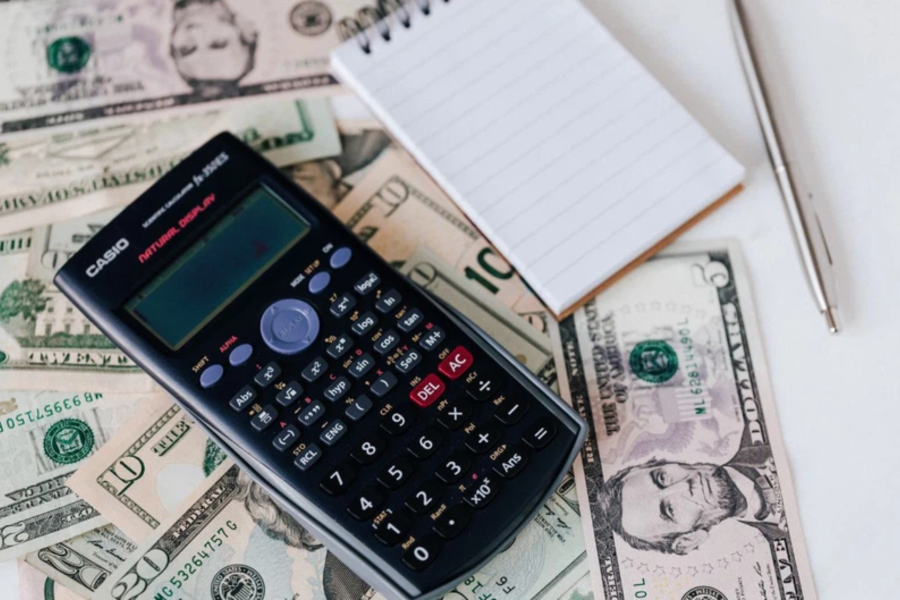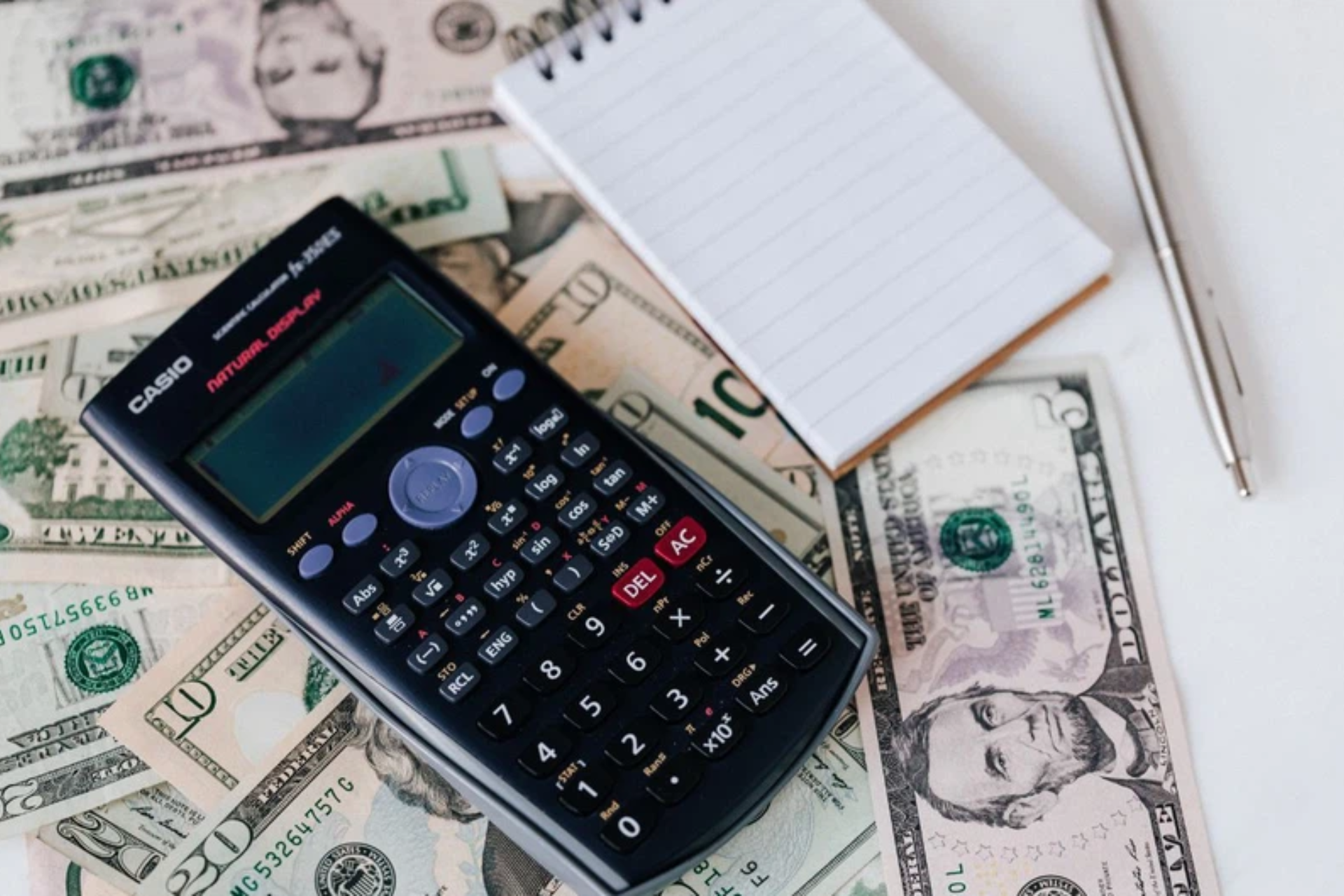
Dollar was higher on Thursday, yen treads water
Reuters: The dollar was higher on Thursday, after the release of minutes from the Federal Reserve’s latest policy meeting cemented market expectations for a rate hike this month. U.S. DOLLAR WAS HIGHER In Asia, the yen hovered near the key 145 per dollar level that spurred intervention by Japanese authorities last September, while a faltering […]

Reuters: The dollar was higher on Thursday, after the release of minutes from the Federal Reserve’s latest policy meeting cemented market expectations for a rate hike this month.
U.S. DOLLAR WAS HIGHER
In Asia, the yen hovered near the key 145 per dollar level that spurred intervention by Japanese authorities last September, while a faltering economic recovery in China continued to put downward pressure on the yuan. Minutes of the Fed’s June meeting released on Wednesday showed that the vast majority of policymakers expect further tightening in U.S. monetary policy, even as they agreed to hold interest rates steady last month.
ALSO READ: Who is the richest person in the world today? Top 10 list – 6 July 2023
That sent the dollar slightly higher alongside Treasury yields, as bets firmed that the Fed will resume its rate-hike campaign this month and that rates would stay higher for longer in order to tame inflation. Against the dollar, the euro touched a near one-week low of $1.0843 in early Asia trade, while sterling dipped 0.08% to $1.26925. The dollar index rose 0.04% to 103.38. “The FOMC minutes seemed hawkish with some committee members favouring a rate hike, though none voted for one at the end,” said Alvin Tan, head of Asia FX strategy at RBC Capital Markets. “It heightened the impression that the June pause was an interim one.”
Markets are now pricing in an 89% chance that the Fed will raise rates by 25 basis points at its policy meeting later this month, according to the CME FedWatch tool. Elsewhere, the yen rose more than 0.2% to 144.30 per dollar, as worries over potential intervention from Japanese authorities to shore up the yen capped its decline. Japanese firms offered the biggest pay hikes in three decades at this year’s negotiations with workers, Japan’s largest trade union group said on Wednesday, a key development in the country’s low inflation conundrum.
ALSO READ: Ramaphosa welcomes decision on Zuma’s private prosecution
The Australian dollar slipped 0.04% to $0.6651, after having fallen more than 0.5% in the previous session following a private-sector survey showing China’s services activity expanded at the slowest pace in five months in June. “The Aussie is very sensitive to every bit of news from China at the moment,” said Sean Callow, senior currency strategist at Westpac. “Since we got that reopening-from-lockdown rebound in the services sector in China it’s been a bit patchy, and I think markets are just not quite sure is the Chinese government serious about stimulating the economy.” The Chinese yuan last bought 7.2593 per dollar in the offshore market, after having fallen about 0.4% the previous session.
BRITISH POUND
Reuters: Sterling edged lower on Wednesday as traders considered whether the British currency will be hurt by several expected interest rate increases by the Bank of England that could put more strain on the economy. The pound edged 0.02% lower against the dollar at $1.2713 by 0840 GMT, 1.2% below the 14-month high it touched against the dollar last month. Against the euro, the pound was 0.14% lower at 85.60 pence, taking some distance from a 10-month high reached against the single currency last month.
ALSO READ: Empowering community media: MDDA calls for grant applications
The BoE raised interest rates by half a point in June to 5%, and markets expect it to deliver an identical increase when it meets on Aug. 3. “Sterling is again decoupling from UK rate prospects, suggesting markets are questioning the credibility of UK policy,” said Adam Cole, chief currency strategist at RBC Europe. “Although we have serious medium-term concerns on imbalances and policy credibility in the UK, this is a difficult theme to trade tactically, particularly in thin summer markets, and we will stay neutral on GBP in the short-term,” he added.
Money markets are pricing in that BoE rates will not peak until March 2024, reaching 6.28%. A month ago, the expectation was for a maximum of about 5.3% by the end of this year, with the first cut a few months later. The BoE is watching economic indicators closely as it considers how many more rate hikes are needed to control inflation. Growth in Britain’s private sector slowed sharply last month, despite businesses facing lower inflation, as higher BoE interest rates weighed on demand, a survey showed on Wednesday.
ALSO READ: Newspaper front pages from around the world, 6 July 2023
Another survey showed on Monday that the pace of decline in Britain’s manufacturing sector steepened in June and optimism faded despite weakening price pressures. The S&P Global/CIPS UK Manufacturing Purchasing Managers’ Index fell to 46.5 from 47.1 in May, its lowest reading this year and one of the weakest since the 2008-09 financial crisis.
SOUTH AFRICAN RAND
Reuters: South Africa’s rand weakened against a stronger dollar on Wednesday as traders awaited minutes from the U.S. Federal Reserve’s June policy meeting for clues on the interest rates outlook. At 1624 GMT, the rand traded at 18.7650 against the dollar, 0.4% weaker than its previous close. The dollar index, which measures the greenback against a basket of six other currencies, was up around 0.2% at 103.26. “Today’s FOMC minutes will be more about how hawkish the statement is relative to what is priced in rather than just a reaction on whether the central bank is hawkish,” ETM Analytics said in a research note. Federal Reserve policymakers opted to leave the policy rate unchanged last month, but signaled they may raise interest rates at least twice more by the year’s end.
ALSO READ: Action Society demands addition of attempted murder charges
Locally, S&P Global survey showed South Africa’s private sector activity contracted again in June as higher prices continued to weigh on business demand. On the stock market, the Top-40 and the broader all-share indices closed around 0.4% lower. South Africa’s benchmark 2030 government bond was slightly stronger in afternoon deals, with the yield down 2.5 basis points to 10.515%.
GLOBAL MARKETS
Reuters: Asia-Pacific stock markets fell on Thursday, extending a decline in global equities, after the U.S. Federal Reserve confirmed its hawkish stance, while an escalating trade battle between China and the United States also dampened sentiment. U.S. 10-year Treasury yields climbed to a fresh four-month high in Tokyo trading, and the dollar extended its rise against major peers. Japan’s Nikkei share average slumped more than 1%, continuing its retreat from 33-year highs. Hong Kong’s Hang Seng fell 0.9%, while mainland blue chips edged 0.2% lower. Australia’s stock benchmark slid 1% and Taiwan shares retreated 0.7%. MSCI’s broadest index of Asia-Pacific shares dropped 0.7%, after a 0.4% slide for the world index on Wednesday. U.S. E-mini stock futures pointed to a 0.1% lower restart for the S&P 500, following its overnight 0.2% decline.
ALSO READ: SASSA children’s grants can be collected from TODAY
While almost all Fed officials agreed to hold interest rates steady last month, minutes of the meeting released on Wednesday showed the vast majority expected policy would eventually need to tighten further. Money market traders place 85% odds on a quarter point hike on July 26, and about a 50/50 chance of another by November. Meanwhile, U.S. Treasury Secretary Janet Yellen begins a trip to China just as Beijing restricted exports on metals used in semiconductors, adding that the controls were “just a start.” “Sentiment has soured for equity bulls as Sino-U.S. relations take another step backwards and investors adjusted to the fact that the Fed remains more hawkish than hoped,” said Matt Simpson, a market analyst at City Index. “The Fed’s decision to pause was not actually unanimous and most members are up for further hikes, so this could cap upside over the near-term,” although the scope of equity declines so far suggests it could be “more of a bump in the road as opposed to blood on the streets,” he added.
Ten-year Treasury yields climbed as high as 3.957% in Tokyo trading, after surging some 9 basis points overnight. The U.S. dollar index – which measures the currency against six peers, including the euro and yen – extended Wednesday’s 0.23% to be up as much as 0.09% to 103.42 in Asian trading. Against the yen, though, the dollar’s advances were conspicuously subdued, considering the currency pair’s traditional close relationship with long-term U.S. yields. The dollar slipped 0.22% to 144.335 yen on Thursday, undoing all of the previous day’s 0.13% advance.
ALSO READ: Unforgettable Water Activities Await with Butinah Charters in Dubai and Abu Dhabi
Japanese officials have sounded almost daily warnings over yen weakness as it approached the 145 level that triggered intervention last autumn. The dollar briefly touched 145.07 yen on Friday. “The yen is kind of stuck because the Japanese government has raised the alarm level against the currency,” said Naka Matsuzawa, chief strategist at Nomura Securities in Tokyo. “Verbal intevention only works for a couple of weeks” without actual currency intervention, “and it’s only a matter of time before the yen is going to reach that 145 level” amid rising U.S. yields and the Bank of Japan’s continued dovish stance, he said. “The market has no doubts now about the Fed’s policy stance, which is about as hawkish as it can get,” Matsuzawa added. “They are ready to hike multiple times, and the bar is quite low.”
Meanwhile, crude oil was little changed in Asian trading, as the prospect of tighter supply with output cuts from Saudi Arabia and Russia and a bigger-than-expected drop in U.S. crude stocks were offset by worries over a sluggish demand recovery in China. Brent crude futures were down 2 cents to $76.63 a barrel after settling up 0.5% the previous day. U.S. West Texas Intermediate crude was at $71.90 a barrel, up 11 cents, or 0.2%, after closing 2.9% higher in post-July 4 holiday trade on Wednesday to catch up with Brent’s gains earlier in the week.
ALSO READ: SASSA children’s grants can be collected from TODAY
Published by the Mercury Team on 6 July 2023
